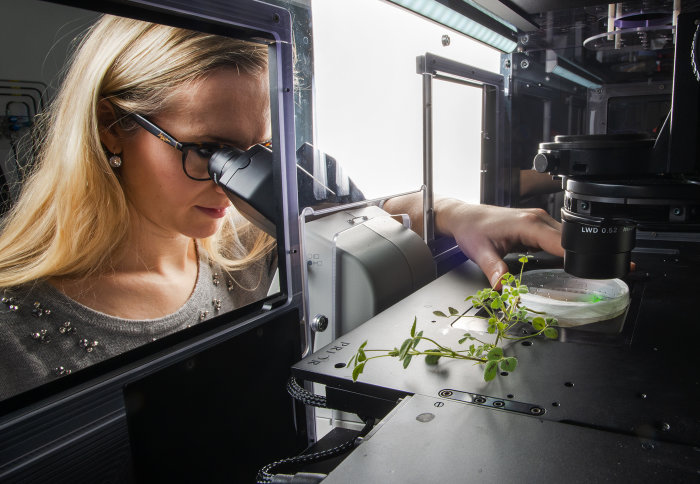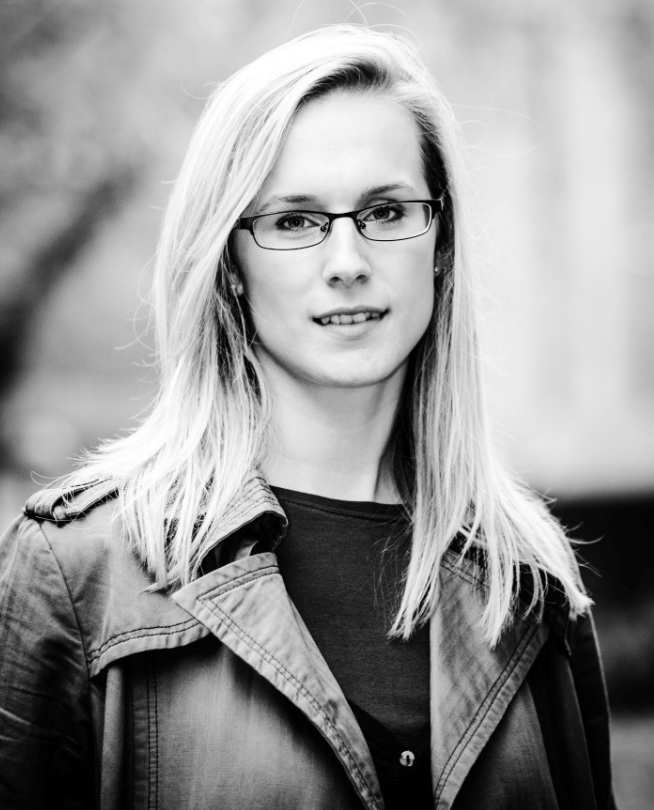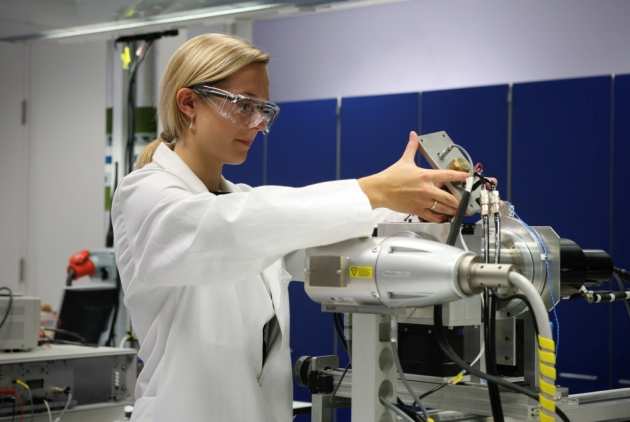
Dr Claire Stanley, newly appointed lecturer here in the Department of Bioengineering

Dr Claire Stanley gives us an insight into how her love of problem-solving and innovation has helped drive her work into Organ-on-a-Chip technology.
This International Women in Engineering Day, the Department of Bioengineering has profiled three lecturers from the department. We hope to provide you with an insight into the ground-breaking work that takes place in the UK’s leading bioengineering department through the eyes of the fantastic female bioengineers who are advancing research frontiers, using engineering to solve life sciences-related problems and creating future leaders.
Our first profile is of Dr Claire Stanley, (she/her) who joined the department in January 2020.

Claire's research is focussed on developing novel microfluidic or "Organ-on a-Chip" technologies to probe the interplay between soil-dwelling organisms at the single cell level. She is involved in projects positioned at the interface between bioengineering, microbiology and plant biology, including the study of bacterial-fungal interactions at the single cell level, the defence response of fungi upon predation by nematodes and the adaptation of plant roots towards environmental asymmetry.
How did you become a Bioengineer?
My journey was a varied one! I originally studied Chemistry at Durham University and afterwards pursued a PhD in Chemical Biology at Imperial College London. This is where I first started to work with “microfluidic technology” and immediately became hooked. It was during my time as a postdoc at ETH Zurich that I first became interested in applying novel bioengineering strategies to investigate interactions between soil microbes.
I will never forget the first time I peered through a microscope to view a filamentous fungus in a microfluidic device that I had designed and developed. I was fascinated by the dynamic growth of the organism, yet perplexed by how little we know about these fundamental microbes. Since, it has become my personal aspiration to unravel the vital interactions of soil fungi (and other microbes) with the world below our feet.
What is a regular day in the life of a Bioengineer?
That is a difficult question to answer! What I love about being a Bioengineer is that every day is different, bringing new challenges and serendipitous discoveries. I love solving problems and developing innovative technological platforms that can be used to help biologists answer novel scientific questions, driving my research in new and unexpected directions. As collaboration plays a large role in my research, I have the opportunity to work with scientists in different research fields, learning new skills and techniques.
What is your proudest professional achievement?

The professional achievement that I am most proud of is one which involved developing a new microfluidic platform to investigate whether fungi can sense attack by predators (microscopic worms in this case). We discovered that fungi can sense these predators and alert other parts of their bodies using specialised hyphae. This work provided new insights on how cells within primitive organisms such as fungi can communicate like plants or animals and was featured in the New York Times (“When Fungi Fight Back”). As the project was driven purely by scientific curiosity, we had no idea what we would discover at the onset. It is therefore one of the most rewarding and memorable achievements in my career so far.
How has being a woman shaped, influenced and impacted your career?
I would say not greatly, although perhaps my tendency to question if I am good enough or could be better has probably had an influence. However, I have been fortunate to have a supportive network of colleagues, friends and family who have encouraged me at each stage of my career. Without this support and exposure to a variety of role models, including women in academia, I may not have had the confidence to pursue the next step.
How has being a part of the Department of Bioengineering shaped your approaches to your research?
I am a relatively new faculty member within the Department of Bioengineering, however I already feel integrated within the research environment. The welcoming and friendly atmosphere encourages close collaboration between research groups, which I feel provides a unique opportunity to pursue new research frontiers. I look forward to learning more about the wide variety of research activities being conducted within the Department!
What’s your advice for young women interested in the field of Engineering/Bioengineering?
My advice to young women interested in the field of Engineering/Bioengineering would be to believe in yourself and your own abilities, surround yourself with a supportive network and follow your dreams!
Article text (excluding photos or graphics) © Imperial College London.
Photos and graphics subject to third party copyright used with permission or © Imperial College London.
Reporter
Miss Kemi Aofolaju (she/they)
Department of Bioengineering

Contact details
Tel: +44 (0)20 7594 5179
Email: a.aofolaju@imperial.ac.uk
Show all stories by this author




Leave a comment
Your comment may be published, displaying your name as you provide it, unless you request otherwise. Your contact details will never be published.